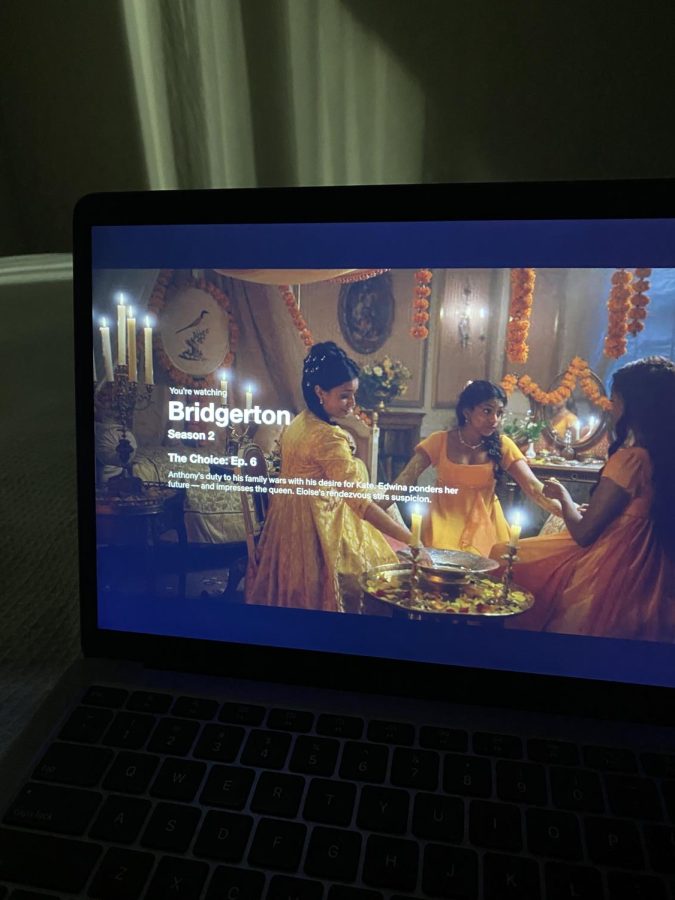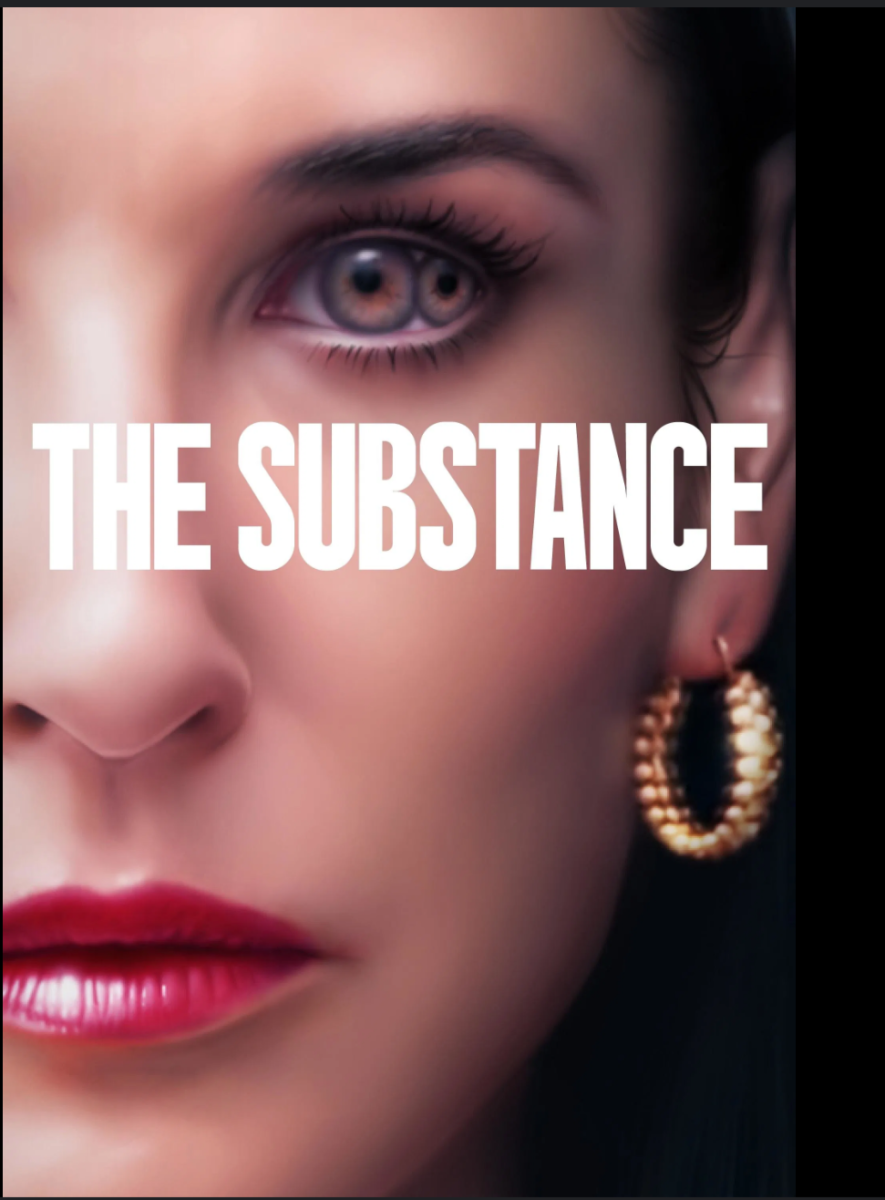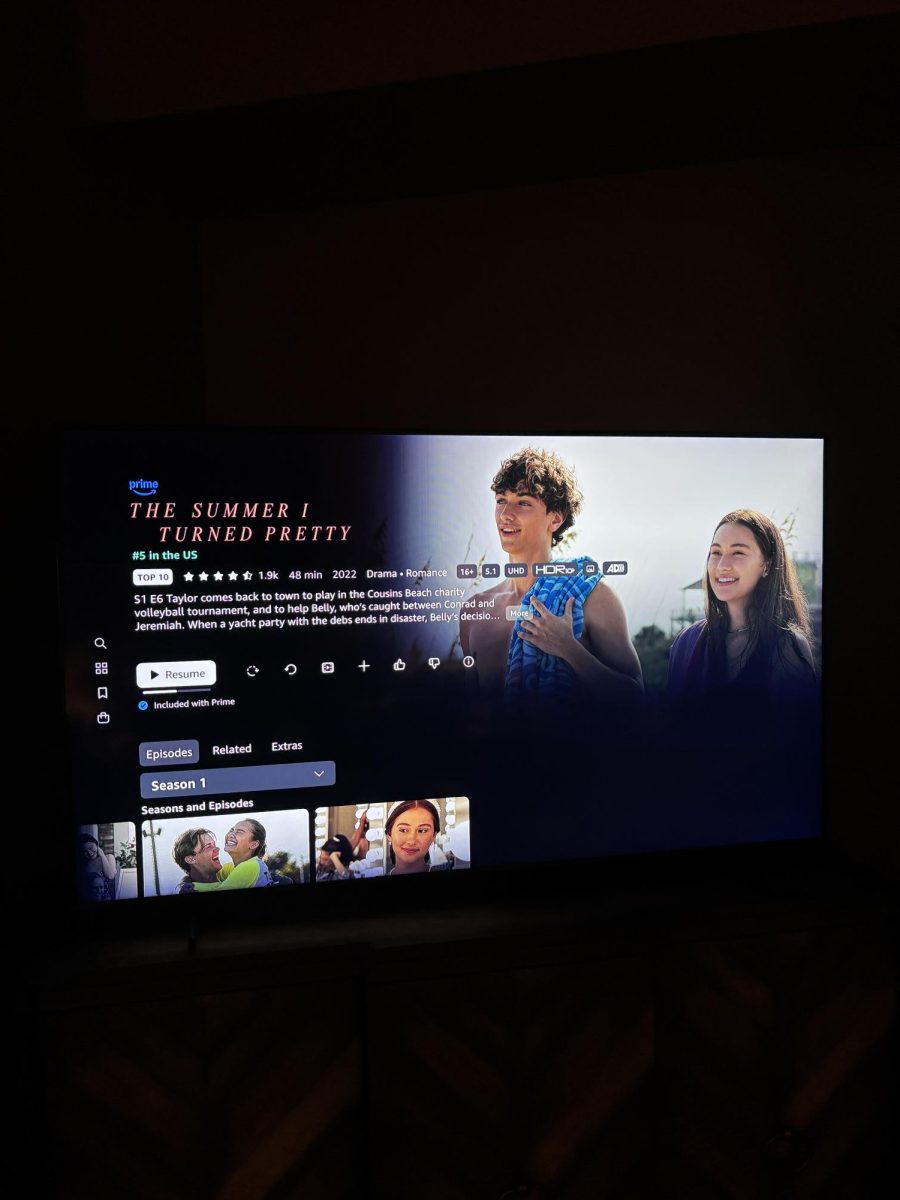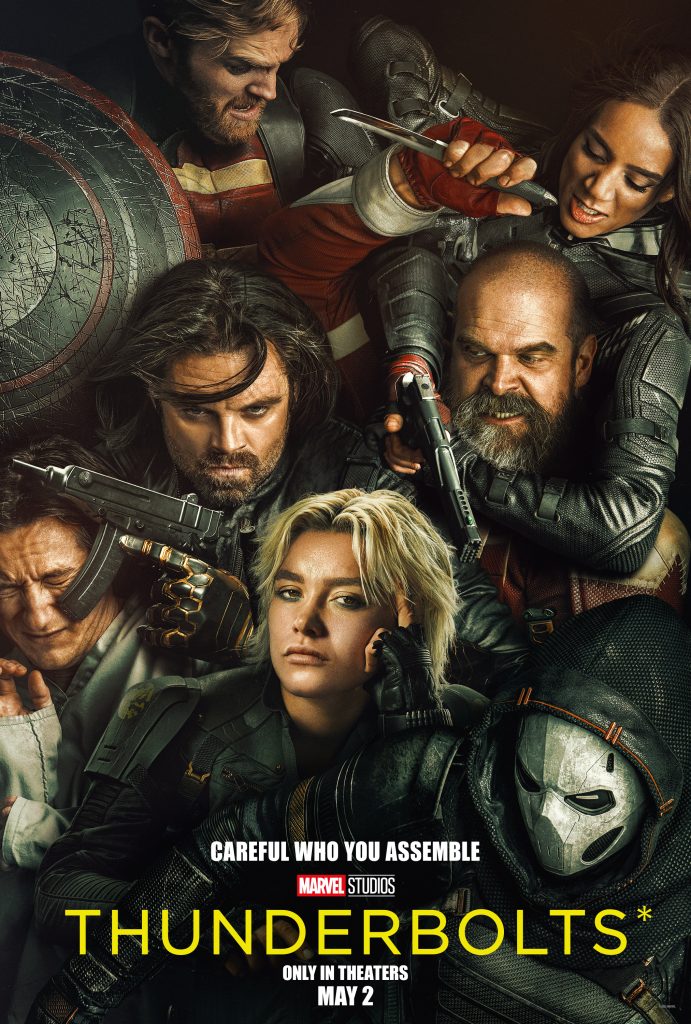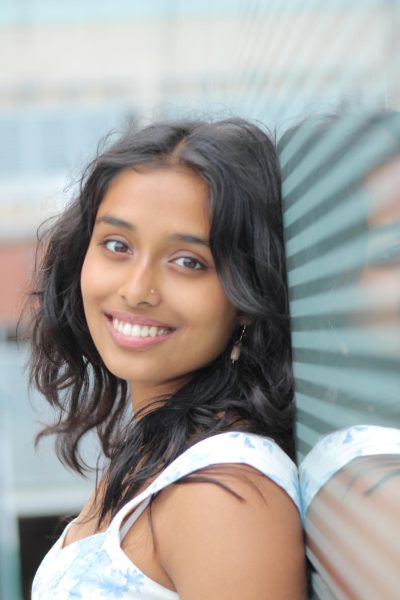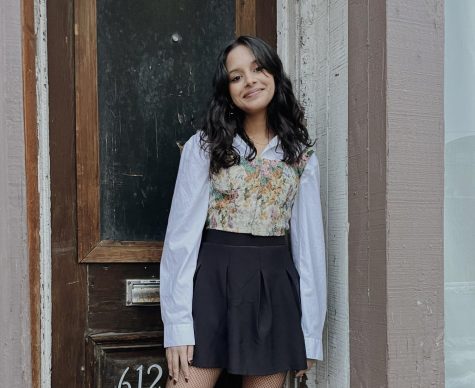“Bridgerton” finally gave South Asian women the representation they were looking for: Characters representing their culture in period-dramas.
With high societal tensions and conflicts in everyday lives, media consumers have been increasingly interested in “escaping” constant stresses of the present. Major streaming industries, such as Netflix, have found the perfect solution to these pleas: period-dramas. Period-dramas take place in a different time period, making them a unique genre that allows viewers to slip away into the past.
Set in Regency-era England, “Bridgerton” gives viewers a sense of elegance and prosperity with its gaudy settings and gorgeous scenery. But this show surpasses mere aesthetic pleasure, it also provides representation to a myriad of underrepresented groups – particularly South Asians.
“Bridgerton” features an Indian family as the protagonists of the story. The Sharmas are a tight-knit family of three women, Mary (Shelley Conn) and her daughters Kate (Simone Ashley) and Edwina (Charitra Chandran). Their storyline features a complicated history of a love marriage perceived as hypergamy and a renewed acceptance within society. Nonetheless, they enter the screen as some form of British nobility, sponsored by affluent mentor Lady Danbury (Adjoa Andoh), another prominent Black actor in the series.
The Sharmas are portrayed in an incredibly elegant manner; small features of Indian culture, such as dainty jhumkas (jingling bell-shaped earrings), embroidered dresses and a gorgeous haldi (turmeric) pre-wedding ceremony paid appreciation rather than appropriation to the culture.
In addition, Kate, the main female lead in season two, is a fierce, unyielding, passionate South Asian woman – a combination quite frankly never seen before. Kate boldly pushes against the stereotypical roles for traditionally meek women in British Regency. The tenacity of her character is a breath of fresh air for all South Asian viewers used to racist stereotypes saturating any meager representation they find in Western media.
In addition, South Indian viewers were thrilled to find characters that truly embodied them on the screen. Representation for Indians with dark skin is hardly present, making casting done by Chris Van Dusen, the creator of “Bridgerton,” especially appreciated. His casting of these women truly worked to ease the common beauty standards associated with fairness prevalent in South Asian communities.
In the past, typical South Asian roles in Western media have perpetuated stereotypes that have left the community wondering: If this is the type of representation South Asians will get, do we even want it?
Prior to “Bridgerton’s” release of season two, Netflix’s “Never Have I Ever” was clocking in at the first major South Asian lead role in the modern TV series industry. Despite its co-creator being Mindy Kailing – a widely known Indian comedian, actress and producer – the efforts fell far from the expectations of the South Asian community. The series played into exactly what South Asians feared.
Early on in the show, Devi (Maitreyi Ramakrishnan), the main protagonist, is compared to perhaps the only Indian actress most Westerners may be familiar with – Priyanka Chopra. Devi’s love interest, Paxton, added a subtle comment, telling her she looks like Chopra. While this comment could be easily pushed aside, viewers cannot neglect the fact that the entirety of the plot is based upon the idea that the Indian protagonist believes she cannot get with her crush because of her ethnicity and the trauma it has inflicted on her mental health.
Following another one of Kailing’s productions, “The Sex Life of College Girls” fell far from the hopeful expectations of young South Asian viewers. With Bela’s (Amrit Kaur) role as an Indian girl moving into college, she plays into the classic trope of the unpopular nerd in high school.
“Four months ago I was an Indian loser with cystic acne, sweaty armpits and glasses,” Bela cried. “But with one Lasik procedure, an Accutane prescription and medical-grade Botox injected into my armpits, I’m normal.”
Perpetuating the stereotypes that Indians smell, typically wear glasses and struggle with acne are simply racist and ignorant to spread on a modern-day series viewed by impressionable youth.
Growing up, South Asians in the West longed to see familiar faces they could relate to on screen. Yet, many are faced with a harsh reality: watered down representation. “Growing up, I never saw brown actors or actresses playing lead roles in my favorite Western movies or TV shows. Not only are Kate and Edwina dark-skinned actresses, but they also practice many traditions throughout the show that I would never expect to see on TV,” shared senior Raksha Kumar.
Junior Aarya Joshi also voiced her opinion on the standards set by modern television regarding diversity. “This show’s diversity is unique because it portrays South Asian culture in a unique, deeper way than other shows. It paves the way and sets a precedent for more diversity in film and TV,” she stated.
“Bridgerton” found a way to elegantly balance the introduction of cultural aspects intermixed with selective historical accuracies of the time.
This series also supported an anachronistic aspect to the series, featuring various actors of color even though the social climate of Britain during the Regency period accommodated no such racial tolerance. There was a sense of “color-blindness” in the show with various elements of discrimination eliminated from the time period to support a more diverse cast.
Typically, such erasure of race connotes a lack of representation and acknowledgement of a variety of experiences, but this show averted such washed-out feelings. “Bridgerton” still addressed the hardships of race subtly by including lines from Lady Danbury regarding the struggle BIPOC’s endured to reach their level of status in England but depicted this conflict as a resolved tension of the past. This worked to acknowledge race within the show while still featuring a wide range of actors. Van Dusen could then focus on the main exigency of socio-economic hierarchies throughout this series while still portraying BIPOC lead roles.
Van Dusen had full creative liberty when depicting the demographics of Regency-era Britain. Van Dusen featured various Asian and Black families in the ton, showcased a Black queen of England and highlighted the life of an Indian family, the Sharmas, without the societal interferences of race.
Junior Shobini Iyer appreciated the breadth of casting in this show. “The diverse cast of Bridgerton has been really groundbreaking especially considering the time period of the show,” she stated.
“Bridgerton” has provided so many South Asian women with faces that finally look like their own. The representation given to young Indian women throughout this show without feeding into stereotypes truly sets new standards for representation of all creators in the media industry.



